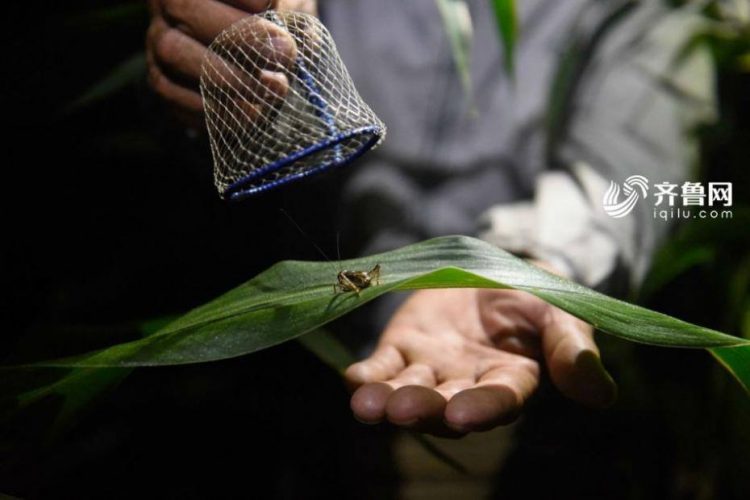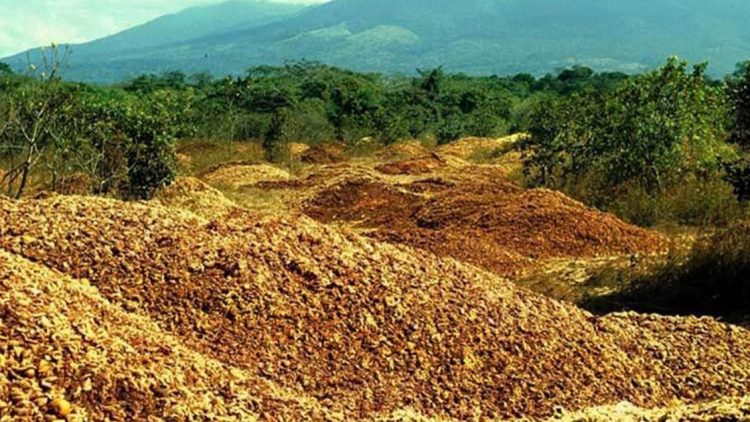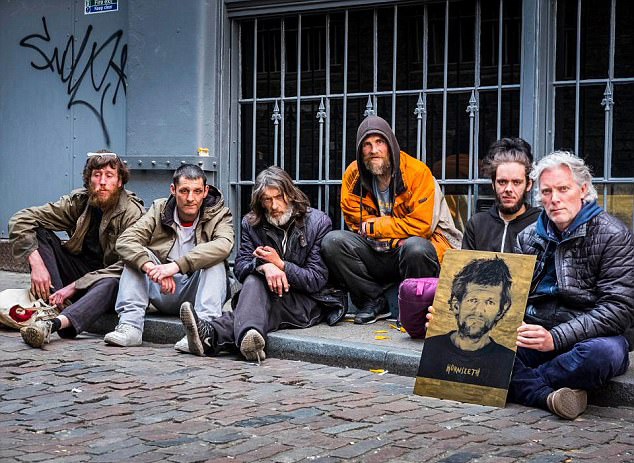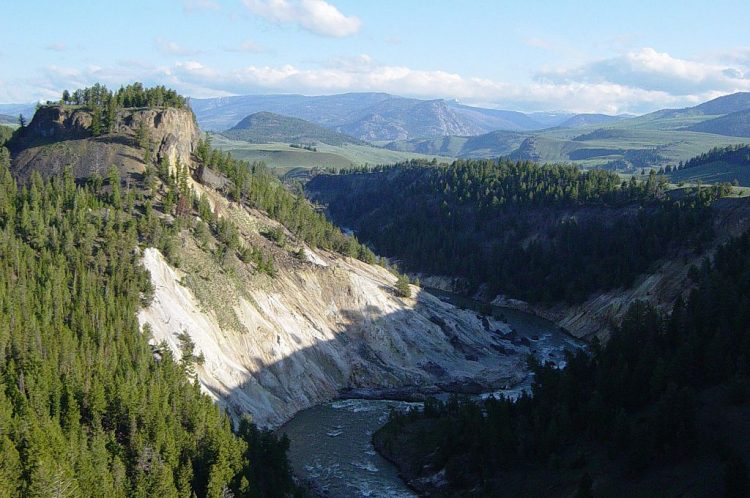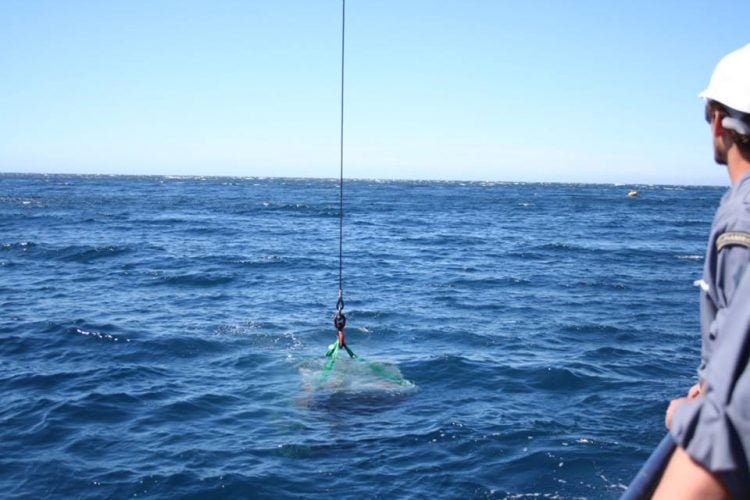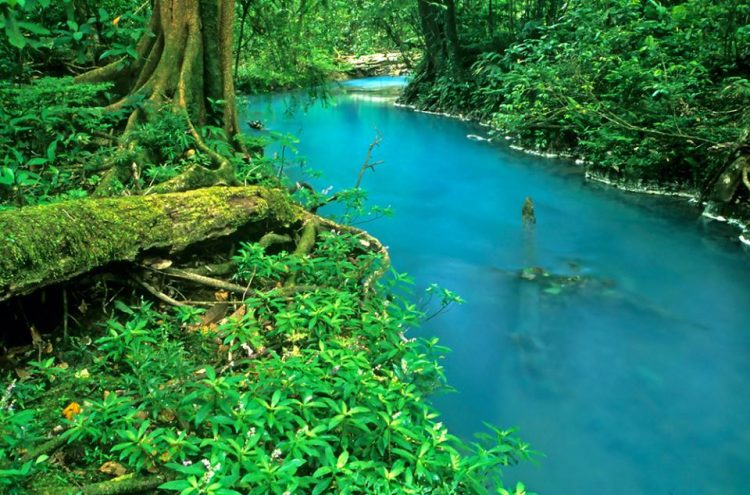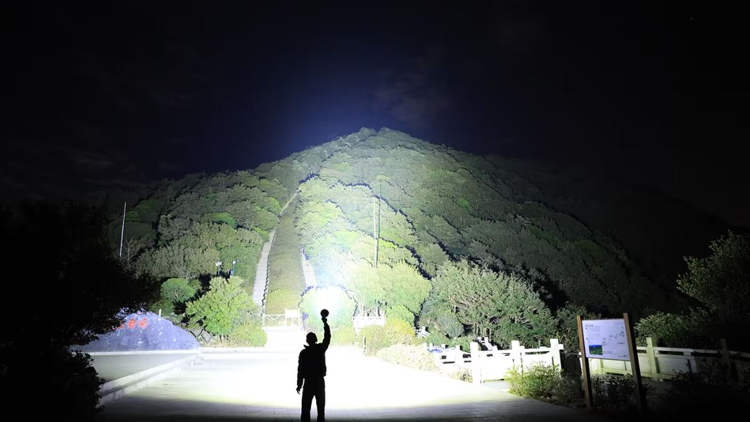Treepex is a portable barrel-like device that allegedly uses living tree cells compressed in replaceable cartridges to turn carbon dioxide into oxygen, emulating a tree’s ability to transform polluted air into mineral-enriched air. It sounds like a game-changer for sure, but nobody knows if it actually works, plus, it looks kind of funny.
Developed by a Georgian, Tbilisi-based, startup with the same name, Treepex claims to provide a real solution to the world’s growing air pollution problem. Using a new technology called CRISPR, the company was apparently able “to extract the DNA of actual trees to recreate the living cells that are responsible for photosynthesis”, and compress them into cartridges that absorb polluted air and release clean fresh air for the user. All you have to do is plug a cartridge into the tubular Treepex, stick it into your mouth, and breathe.






